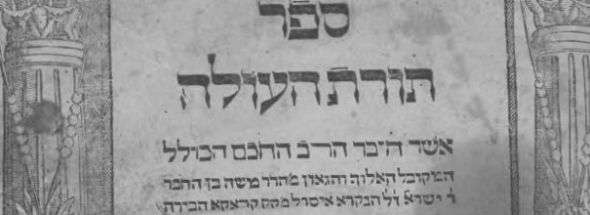First, as an aside, I've noticed that it's not uncommon these days for people to misunderstand the Maharal's name. His family name was not ליוואי (Loew, Lowy, Low, etc. pronounced something like "Lay-va"). This was his German-Yiddish name. It is what his wife (presumably) called him. It is the same name as ליב Leib, albeit an earlier version of the name. In German löwe means lion. The name was connected to Yehuda and Aryeh because of their clear associations with lions , and conceivably the fact that Hebrew לביא also means lion didn't hurt. Thus, his name was Rabbi Yehuda Löwe ben Bezalel, rather than Rabbi Yehuda ben Bezalel Löwe as a few contemporary citations have it. He was known as Reb Leb or Reb Löwe in exactly the same way as, say, Rabbi Yosef Dov Soloveitchik was known as Reb Yoshe Ber, or Berl, to his family. For that matter, the author of the Terumas Ha-deshen, R. Yisrael Isserlein wasn't "Rabbi Isserlein" in the sense that it was his last name - that was his German-Yiddish name. Isserl, which is Yisrael, with the German diminutive -lein added to it. Similarly, Rabbi Moshe Isserles wasn't surnamed Isserles per se. His father was named Isserl (=Yisrael) and thus he was R. Moshe ben Isserl, or Isserl's, and you can see this quite clearly on the title page of of one his works, published in his lifetime:







1. Isser is an old Aramaic name, possibly derived from or connected with the name Yisrael.
ReplyDelete2. The most common mistake I hear all the time is assuming that the last name of "Pnei Yehoshua" was Falk.